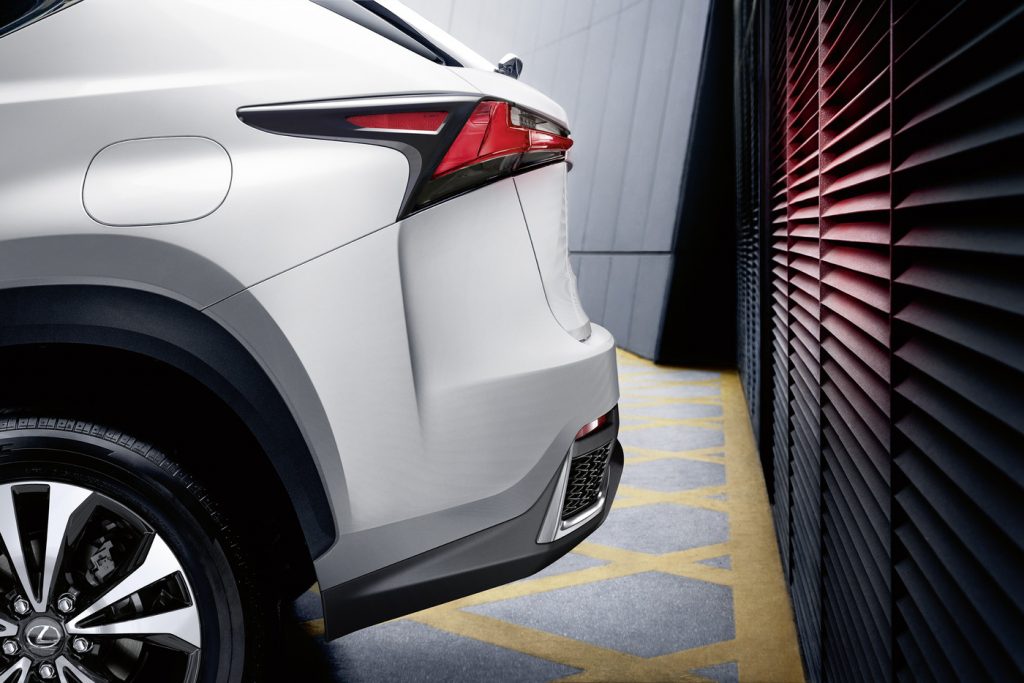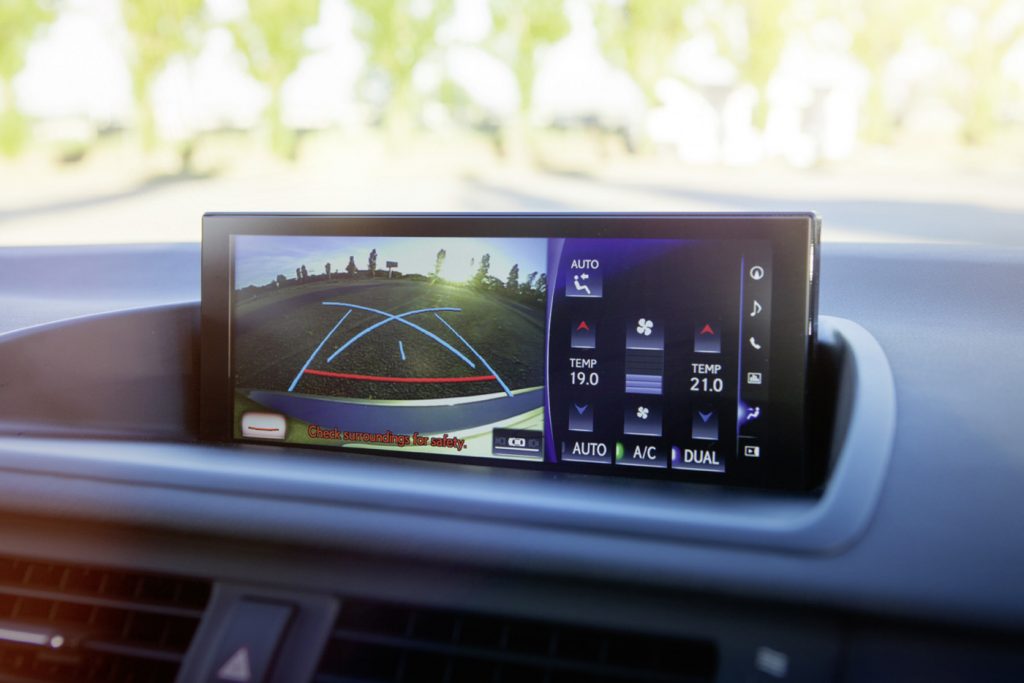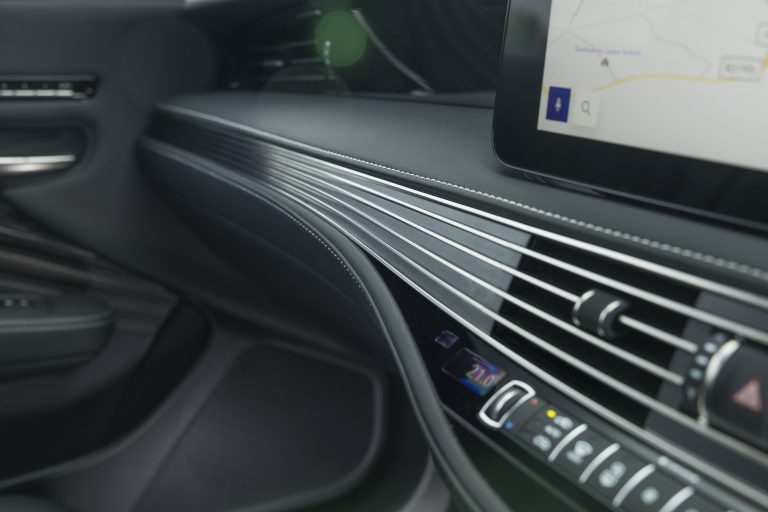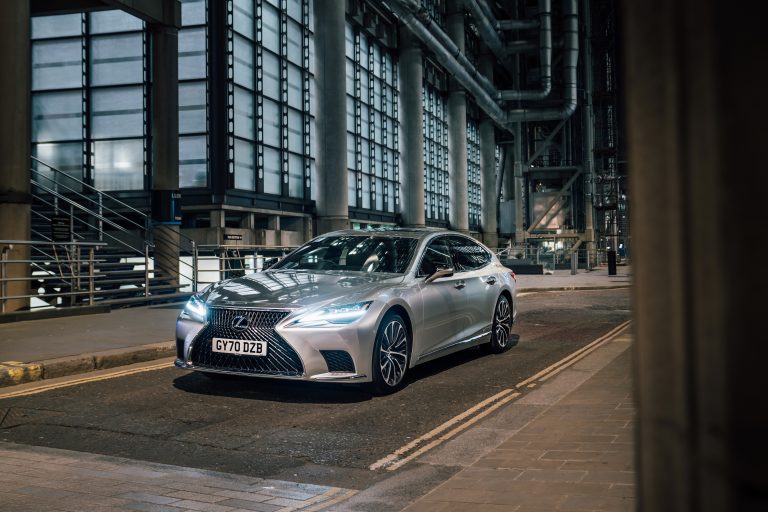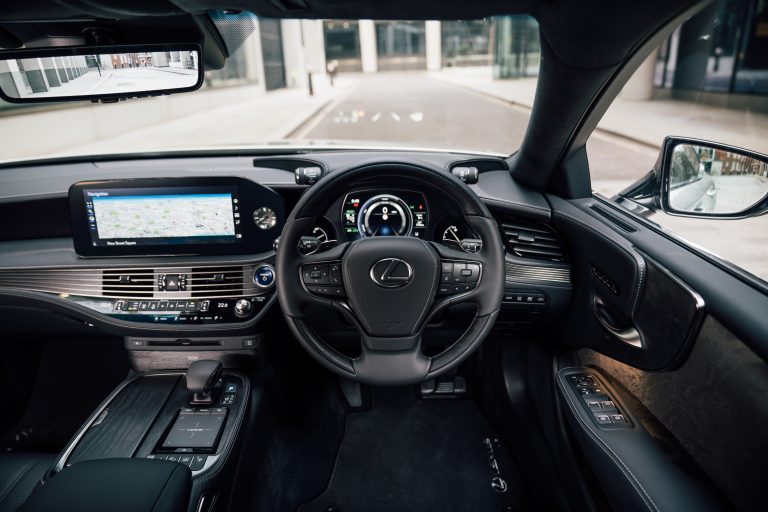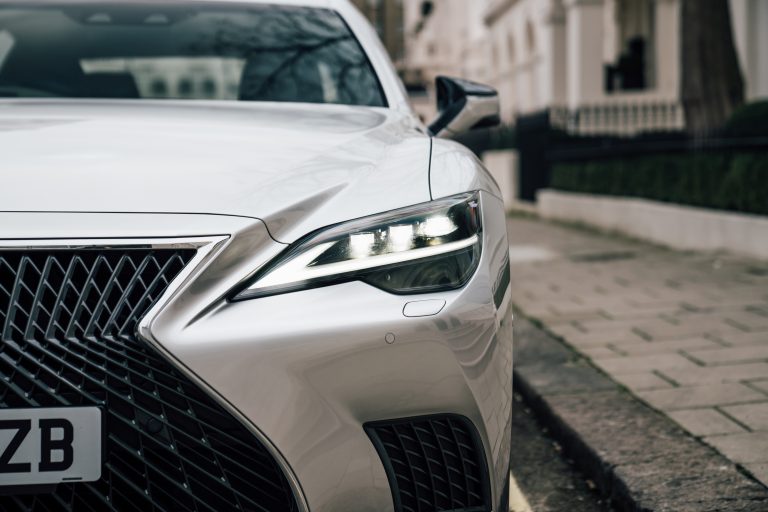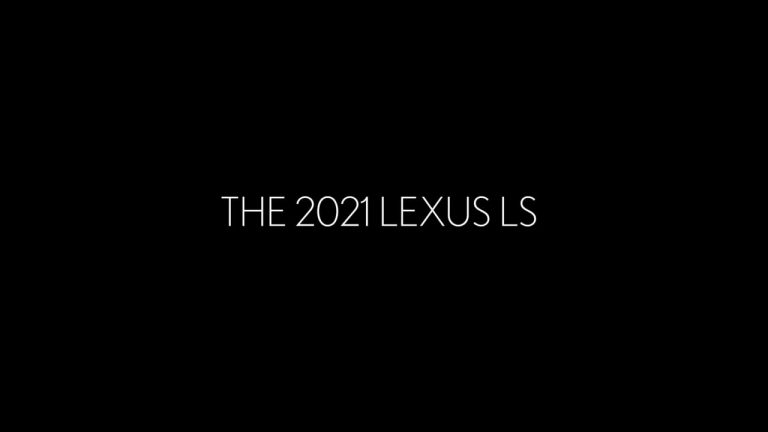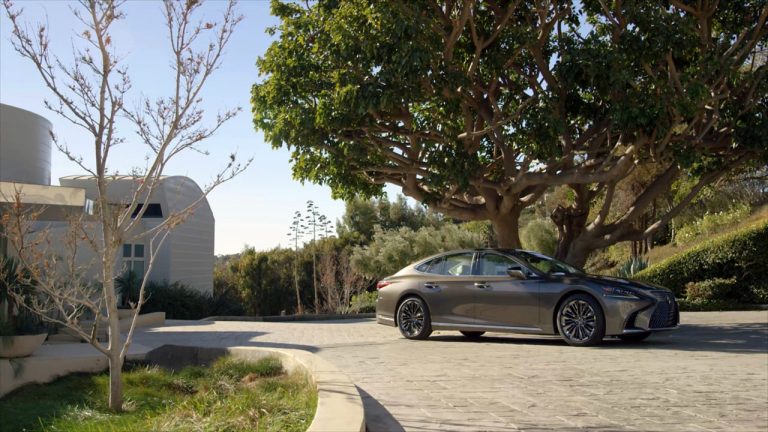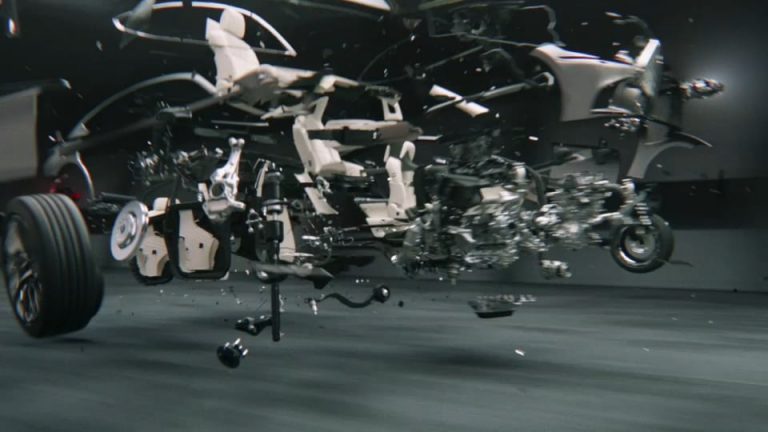Lexus Safety Technologies Continue the Progress Towards Elimination of Road Traffic Accidents
LEXUS SAFETY SYSTEM + NOW AVAILABLE ON NX AND CT
The benefits of Lexus’s advanced safety technologies are being extended deeper into its model range with the Lexus Safety System + suite of active safety and driver assistance features being made available on both the new NX and revised CT model ranges, to be launched later this year.
This comprehensive upgrade of the cars’ safety provisions means that almost all new Lexus models sold in Europe will now benefit from Lexus Safety System +. This is true to Lexus’s “democratisation” strategy to make these safety technologies available to a greater number of customers, at an affordable price. It also reflects the brand’s commitment to improving road safety for all – driver, vehicle occupants, pedestrians and other road users alike – with the ultimate aim of eliminating traffic accidents.
The Lexus Safety System + introduced to the new NX and CT specifications includes features which monitor the car’s surroundings and the driver’s responses, recognising certain collision risks and providing support to help prevent a collision happening, or lessening the consequences should an impact be unavoidable.
PRE-COLLISION SYSTEM
Lexus’s Pre-Collision system (PCS) can help the driver avoid a collision, or lessen the consequences of an impact, even at high speed.
PCS uses a millimetre-wave radar and camera mounted on the front of the car to scan the road ahead to detect obstacles or hazards. It functions both when driving straight ahead and when cornering. It also computes data collected from sensors around the car monitoring factors such as vehicle speed, steering angle and yaw rate inputs. This information helps the PCS determine the risk of a rear-end collision with a vehicle ahead.
If it calculates a high risk of an impact, it will trigger a warning buzzer and light up a “BRAKE” command in the multi-information display to alert the driver to take action. The moment the brake pedal is pressed, the system initiates a Pre-Collision Brake to provide optimum braking force. This can achieve deceleration of up to 25mph (40km/h), slowing the vehicle to reduce the severity of any impact, or potentially bringing the car to a stop before an impact occurs.
If the driver fails to respond to the alerts and does not apply the brakes, the Pre-Collision Brake will automatically deploy to reduce the vehicle’s speed.
PCS also provides a pedestrian protection function. If a pedestrian is detected in the vehicle’s path, automatic braking will be activated. This operates when the Lexus is travelling at between 6 and 50mph (10 and 80km/h).
ADAPTIVE CRUISE CONTROL
The PCS’s radar is also used to provide Adaptive Cruise Control (ACC), which helps the driver maintain a safe distance from the vehicle in front, working down to very low speeds and standstill. Once the way ahead is clear, the system will automatically and smoothly accelerate the vehicle back to its pre-selected cruising speed. If the car has been brought to a halt, the driver simply has to press the accelerator briefly for the system to be reactivated.
The ACC can operate in two modes: constant speed control, like a conventional cruise control system, or vehicle-to-vehicle distance control. With the latter mode, the driver can set long, medium or short vehicle-to-vehicle distances, according to preference or traffic conditions. The control settings selected are shown on the multi-information display.
LANE DEPARTURE ALERT
Lane Departure Alert uses the PCS camera, mounted on the windscreen behind the rear-view mirror, to track the vehicle’s course between lane markings painted on the road surface. If it detects that car is moving out of its lane without the turn indicators being used, it will light up a warning on the multi-information display and sound a buzzer, prompting the driver to steer back to the correct path. On the new NX, the driver will also experience haptic feedback through the steering wheel as an additional warning.
ADAPTIVE HIGH-BEAM SYSTEM
An adjustable LED Adaptive High-beam System (AHS) prevents the NX from dazzling other road users. Eleven independent LED chips in each headlight are enabled/disabled for precise control of the illuminated and non-illuminated areas. This means the driver can enjoy maximum, safe use of high beam lighting, improving their field of vision without the risk of dazzling other road users .1
ROAD SIGN ASSIST
Road Sign Assist recognises traffic signs using the windscreen-mounted camera, repeating the information on the multi-information display. This helps prevent the risk of the driver failing to notice important warnings or commands on major routes, including speed limits and lane closures. The system can detect signs that are designed according to the international standards of the Vienna Convention on Road Signs and Signals.
LEXUS PRESENTS ITS VISION FOR FUTURE SAFETY WITH THE LEXUS SAFETY SYSTEM + A IN THE ALL-NEW LS FLAGSHIP SALOON
Lexus will take safety technologies to an even higher level in its all-new LS saloon, scheduled for launch at the end of 2017. This flagship model will be the first Lexus to benefit from further improvements to the functions of Lexus Safety System +, together with the introduction of even more sophisticated driving assistance and advanced pre-collision support in Lexus Safety System + A.
The Lexus Safety System + A package includes Active Steering Assist, a world-first technology that can help prevent collisions that cannot be avoided through automatic braking alone, and Front Cross Traffic Alert, which is designed to warn the driver of the possibility of collisions with vehicles approaching from either side at road intersections. In addition, Lexus CoDrive can assist the driver in keeping the car to its correct traffic lane. Together, these features and others can deliver a high level of safe driving support.
The new LS is also equipped with other technologies for safer and more secure driving in a wide range of situations. The support they provide has been designed to be clear and intuitive, for example in the use of a large, colour head-up display (HUD) and multi-information display to present status notifications and information on vehicle behaviour when safety features are being deployed.
PRE-COLLISION SYSTEM WITH PEDESTRIAN ALERT AND ACTIVE STEERING ASSIST
The new LS is the first Lexus model to be equipped with a Pre-Collision System with Pedestrian Alert and Active Steering Assist, in addition to its established functions. This is a world-first technology that can pinpoint the location of a pedestrian and automatically control the car’s steering and braking.
With Pedestrian Alert, if there is a possibility of the vehicle colliding with a pedestrian ahead, the position of the pedestrian is shown in an animated graphic on the head-up display, contributing to the driver’s intuitive recognition of the situation. Pre-Collision System determines when there is a high risk of a collision with a pedestrian in the lane of travel, or with a continuous structure, such as a guardrail. If it calculates that that brake control alone will be insufficient to avoid a collision, steering assistance is provided, in addition to a driver alert and braking. When Active Steering Assist is deployed, the car will only move within a clearly marked lane. The system automatically checks for any vehicles in the car’s blind spots, including motorcycles.
LEXUS CODRIVE ADVANCED DRIVING ASSIST TECHNOLOGY
Lexus CoDrive adds Lane Tracing Assist (LTA) to the functions of the Dynamic Radar Cruise Control to provide steering support in line with the driver’s intentions. It can significantly reduce the burden on the driver by providing seamless driving support on roads with many bends, or in traffic jams. It is co-ordinated with the head-up and multi-information displays to give the driver clear notification of the status of the support being provided.
LANE TRACING ASSIST
Lane Tracing Assist (LTA) provides lane-keeping support by way of steering control when Dynamic Radar Cruise Control is in operation. As well as camera detection of lane markings, the system will trace the path of the vehicle ahead to enable assistance even when lines cannot be recognised, for example when driving in low-speed congestion, when there is little space between vehicles.
TWO-STAGE ADAPTIVE HIGH-BEAM SYSTEM
The two-stage Adaptive High-beam System (AHS) provides optimal lighting by way of separate on/off control of the two rows of LEDs – eight upper and 16 lower – in each headlight. This enables finer control of light strength and distance compared to the current LED-based AHS. This improves night-time visibility by allowing more frequent driving with the headlights on high beam, without dazzling preceding or oncoming vehicles.
FRONT CROSS TRAFFIC ALERT
Front Cross Traffic Alert (FCTA) is designed to help prevent collisions at intersections by detecting approaching vehicles. Using side-scanning radars, the advanced system alerts driver to a vehicle approaching from either side at an intersection ahead. If the driver proceeds, regardless of there being another vehicle approaching from left or right, warnings are given by a buzzer and on the LS’s multi-information display.
ROAD SIGN ASSIST
The Road Sign Assist (RSA) in the new LS makes use of navigation maps as well as a camera to acquire road sign information, which it then presents on the vehicle’s head-up and multi-information displays, reducing the risk of the driver failing to recognise signs and encouraging safe driving.
IMPROVEMENTS TO LEXUS SAFETY SYSTEM + FUNCTIONS
Lexus has further evolved the performance of the PCS, LDA and Dynamic Radar Cruise Control in Lexus Safety System +, featured in combination with Lexus Safety System + A in the new LS.
PRE-COLLISION SYSTEM
The improved Pre-Collision System (PCS) can detect cyclists and night-time pedestrians and has improved deceleration performance during automatic braking. For example it can slow the vehicle by as much as 37mph (60km/h) when a pedestrian is detected, thus improving its collision prevention performance.
LANE DEPARTURE ALERT
As well as detecting lane markings on the road surface, Lane Departure Alert (LDA) will also be able to recognise the boundaries between asphalt and other elements, such as grass, dirt or kerbstones, thanks to advances in its recognition capability. This will allow it to perform its functions of alerting the driver and adjusting steering feedback and torque to encourage a return to the correct line, even on roads without line markings.
ADAPTIVE CRUISE CONTROL
The Adaptive Cruise Control achieves outstanding basic recognition performance with wide-angle detection, using a new millimetre-wave radar and a camera with a wider forward recognition range. The system also helps make driving more comfortable, with smooth acceleration at start-up and during following, departure and acceleration. It also gives smooth deceleration in the case of a rapid change in in speed.
ADDITIONAL ACTIVE SAFETY TECHNOLOGIES
The new LS will further benefit from additional active safety technologies that will help protect the vehicle and occupants by alerting the driver to collision risks when parking and providing a view of the area immediately around the vehicle when manoeuvring or cornering.
PARKING SUPPORT BRAKE
The LS’s low-speed braking support systems have been integrated in a single package, with the aim of reducing damage when parking, when the driver needs to take account of nearby moving vehicles and pedestrians and stationary objects such as walls and street furniture. The world’s first rear pedestrian support brake has been added to the existing Intelligent Parking Sensors and Rear Cross Traffic Alert and Braking. This detects pedestrians behind the vehicle using a rear camera; if there is a risk of a collision, alerts and brake control are triggered.
PANORAMIC VIEW MONITOR WITH SIDE CLEARANCE AND CORNERING VIEW FUNCTIONS
Side clearance view and cornering view functions have been added to the Panoramic View Monitor, making it easier for the driver to determine the safe space around the vehicle. Side clearance view produces an image on the LS’s display monitor that shows the area in front of the car as if seen from a high position above the rear of the vehicle, giving the driver better sight of the space on each side of the car, for example when passing another car on a narrow road. When side clearance view is operating, cornering view automatically produces an image of the vehicle as seen from the rear at an angle in line with the car’s direction when moving through a bend or turn. These help the driver confirm left or right turns can be made safely on narrow roads and avoid driving up onto the kerb.
1AHS is available across the Lexus range except for the CT 200h, which is equipped with Automatic High Beam (AHB) headlight system. AHB maximises night-time visibility by automatically switching to low beam when it detects the lights of oncoming traffic or vehicles ahead.

